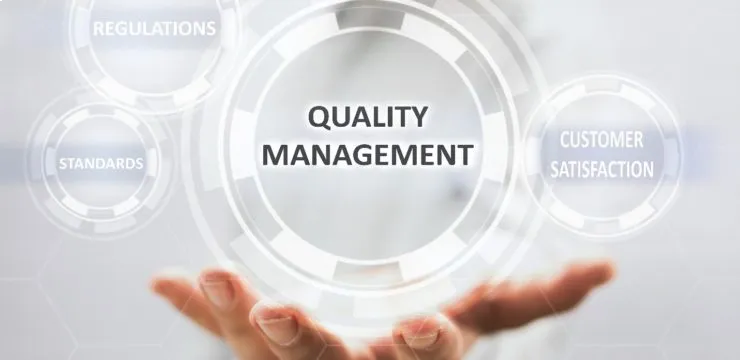Very often, what companies like about the Model is its broad stakeholder approach including a strong employee focus. Service companies, particularly the ones in the tourism and hospitality sector, must focus on technically and socially competent staff. Therefore, the approach of the EFQM model becomes very important for such companies.
The EFQM Model links all parts of a business in a cause and effect relationship, it focuses on a balanced way on results. The Model is credible, renowned and easily benchmarked which is usually a key factor in the decision to adopt it for business growth and excellence.
The model serves as a vehicle for performance improvement and the achievement of corporate objectives. Through developing robust approaches, processes and policies to excellent and efficient execution and ending up with reviewing and learning, the EFQM Excellence Model provides companies with clear guidelines, tools, principles and techniques.
HOW DO COMPANIES GET STARTED?
For each company, at the beginning of the implementation of the EFQM Excellence Model, the commitment of the management is critical. This is why the best companies often train their managers to learn the EFQM model. In addition, companies annually conduct self-assessments and derive improvement projects. When they regularly use the self-assessment, the approach continuously improves. In addition, comparing self-perception again the outsiders’ perception can be a valuable input, and can help learn from the differences.
Companies often start this journey by forming internal teams: some might even create a team for each chapter of the Model. They might also send people to attend specific Excellence training related to EFQM or use services of certified assessors. Some companies support the efforts by creating an internal business unit responsible for managing the EFQM projects. This unit usually works in collaboration with all other business units and is responsible for excellence education, awareness and adoption. The unit can be as small as one or two staff members.
Additionally, companies enhance their knowledge and learning of Excellence through contracting excellence experts or consultants at certain periods of time.

WHAT VALUE DOES IMPLEMENTING THE MODEL BRING TO ORGANISATIONS?
Implementing the EFQM Excellence Model helps companies advance in a more structured way. Not only to plan and deploy measures but also to closely monitor success and react in a timely manner, if necessary, and to strongly support the organizations’ continuous improvement as a whole. Monitoring the success provides a company with a wide range of results. This verifiability is a valuable asset towards their customers satisfaction. Some companies even integrate implementation of the EFQM Model into their contractual relationships with their customers. This enhances customer’s confidence and paves the way for the company to be entrusted with more and bigger projects and contracts.
It is common for companies pursuing excellence to adopt this culture across units, services, products and staff. They become more customer focused organizations in this process. They apply the concepts of positive forward thinking instead of a negative reactive approach. They put the customer’s needs at the heart of what they do and try to exceed their expectations.
WHICH ASPECTS OF THE MODEL IMPLEMENTATION ARE COMPANIES PARTICULARLY PROUD OF?
For most companies that have achieved a culture of excellence it often becomes part of their DNA. The EFQM Excellence Model opens up new horizons and viewing beyond their limits becomes a common practice. The EFQM community is also a great pool for knowledge and best practice sharing.
Often the application of the EFQM Model in companies raises the awareness about the importance of systematically considering market and stakeholder needs. Combined with the consequent use of the RADAR methodology, this results in a better understanding of cause and effect relationships concerning the stakeholder approaches (mainly of the customers) and leads to improvements, such as better understanding of the customers and a better customer feedback.
Implementing the model’s requirements in the areas of People, Strategy, Innovation and Future foresight is a subject for particular pride for most companies.













